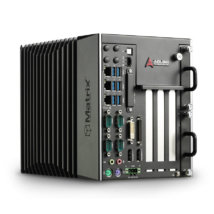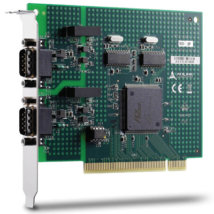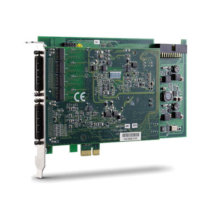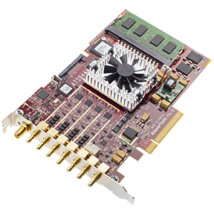PCI & PCI Express
PCI Bus
 The Peripheral Component Interconnect (PCI) bus was developed by Intel on 22 June 1992. Unlike the VLB bus, this is not, strictly speaking, a local bus but an intermediate bus between the processor bus ( NorthBridge) and the I / O bus (SouthBridge) PCI slots are generally present on the motherboards at least 3 or 4 and are generally recognizable by their white (normalized) color. 32-bit, with a 124-pin connector, or 64-bit, with an 188-pin connector. There are also two signal levels: 3.3 V and 5 V. The signaling voltage does not match the signal voltage, But at voltage thresholds for the digital coding of the information.
The Peripheral Component Interconnect (PCI) bus was developed by Intel on 22 June 1992. Unlike the VLB bus, this is not, strictly speaking, a local bus but an intermediate bus between the processor bus ( NorthBridge) and the I / O bus (SouthBridge) PCI slots are generally present on the motherboards at least 3 or 4 and are generally recognizable by their white (normalized) color. 32-bit, with a 124-pin connector, or 64-bit, with an 188-pin connector. There are also two signal levels: 3.3 V and 5 V. The signaling voltage does not match the signal voltage, But at voltage thresholds for the digital coding of the information.
The Peripheral Component Interconnect Express (PCI-E) or 3GIO ( “Third Generation I / O”) bus is an interconnect bus for adding expansion cards to the computer. The PCI Express bus was developed in July 2002. Unlike the PCI bus, which operates as a parallel interface, the PCI Express bus operates as a serial interface, resulting in a much higher bandwidth than the PCI Express bus.




